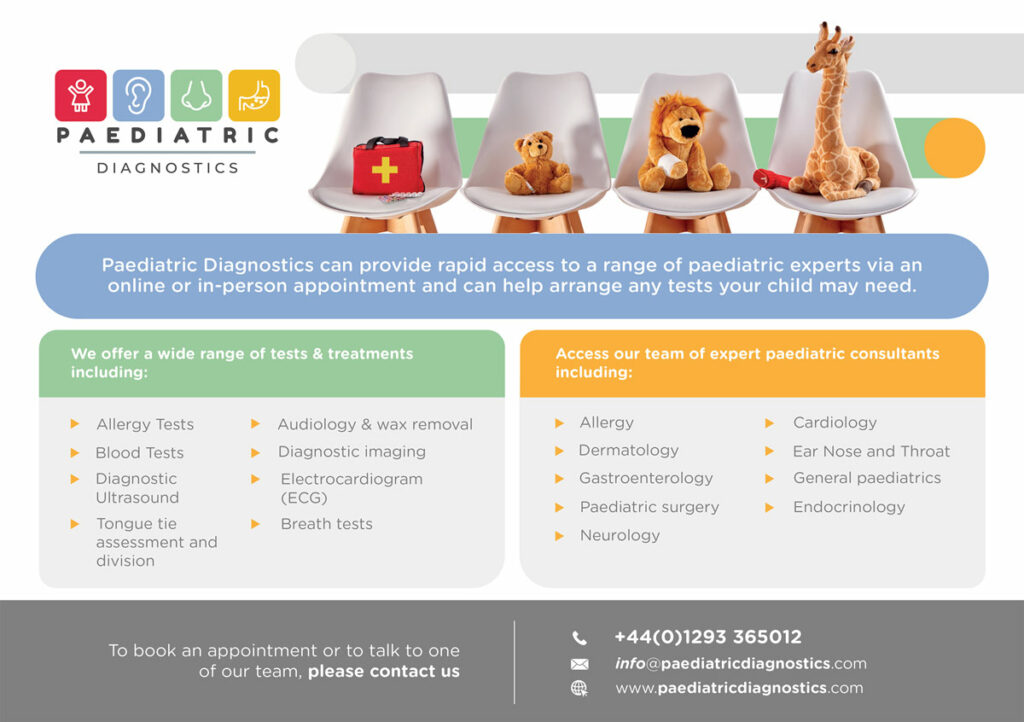Understanding Glue Ear in Children

By Mr Sam Khemani, Consultant Paediatric ENT Surgeon
Glue ear is a common childhood condition in which fluid builds up in the middle ear, affecting hearing. It often affects children between six months and four years, with most children experiencing it at least once before starting school.
In a healthy ear, the middle ear is filled with air, and ventilated through a passage called the Eustachian tube. When this tube becomes blocked or inflamed, typically due to a cold or infection, fluid can accumulate in the middle ear, creating “glue ear.” This fluid prevents normal sound transmission, leading to hearing loss.
Symptoms in children include frequently turning up the TV volume, not responding to conversations, and difficulty hearing in noisy settings. Left untreated, glue ear may impact speech, language, and learning, especially in younger children whose development relies heavily on auditory input.
Most cases resolve within a few months, but for some children, glue ear may persist. Treatment begins with monitoring the condition for three months to see if it improves naturally and assessing the impact on a child’s hearing. Simple non-invasive techniques like auto-inflation, where a child blows up a balloon through their nose, can help open the Eustachian tube, encouraging drainage. For persistent cases, using hearing aids or minor surgery to insert grommets (small tubes) into the eardrum may be recommended. If grommet surgery is carried out, sometimes the adenoids are also removed to improve the long-term effectiveness of the treatment.
If there are concerns regarding a child’s hearing or speech development, timely referral to a Paediatric ENT surgeon should be sought. With proper intervention, children with glue ear usually regain normal hearing and experience minimal long-term effects.







